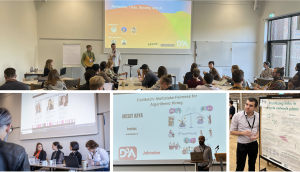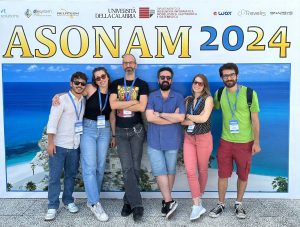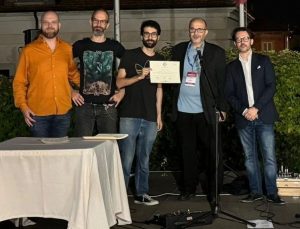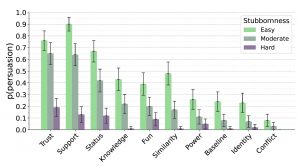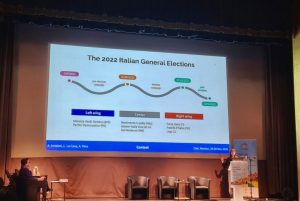We have two new publications out!
- Emergent social conventions and collective bias in LLM populations, by Ariel Flint Ashery, Luca Maria Aiello, and Andrea Baronchelli, published in Science Advances.
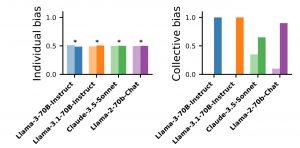
We explore the collective behavior of LLMs starting from social conventions, the fundamental building blocks of coordinated societies. We used the naming game, a well-established framework that has been applied for decades to study conventions in humans. We found that LLM populations can spontaneously develop shared conventions through local interactions. These interactions can produce collective biases, invisible at the individual level, raising important considerations for AI alignment. Small committed minorities can trigger tipping points, steering the entire group toward new conventions—a dynamic well known in human societies - The experience of running: Recommending routes using sensory mapping in
urban environments, by Katrin Hänsel, Luca Maria Aiello, Daniele Quercia, Rossano Schifanella, Krisztian Zsolt Varga, Linus W. Dietz, and Marios Constantinides, published in the International Journal of Human-Computer Studies.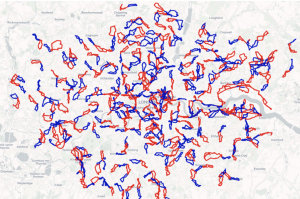
We set out to build running routes not around distance, but around how people feel: before, during, and after a run. We surveyed 387 runners and found that not everyone wants the same kind of run. Some seek quiet and greenery; others thrive on the buzz of people and traffic. Their preferences often match their personality. Runners who prefer scenic paths (quiet, green, and natural) tended to score higher in neuroticism. Those who preferred urban paths (lively and full of people) were more likely to be extroverted. Then, we built a routing engine. Using millions of geotagged Flickr photos and open London data, we scored streets for beauty, noise, safety, and surface quality. We tested the engine on hundreds of 5-km London loops. Most runners preferred the scenic routes.

